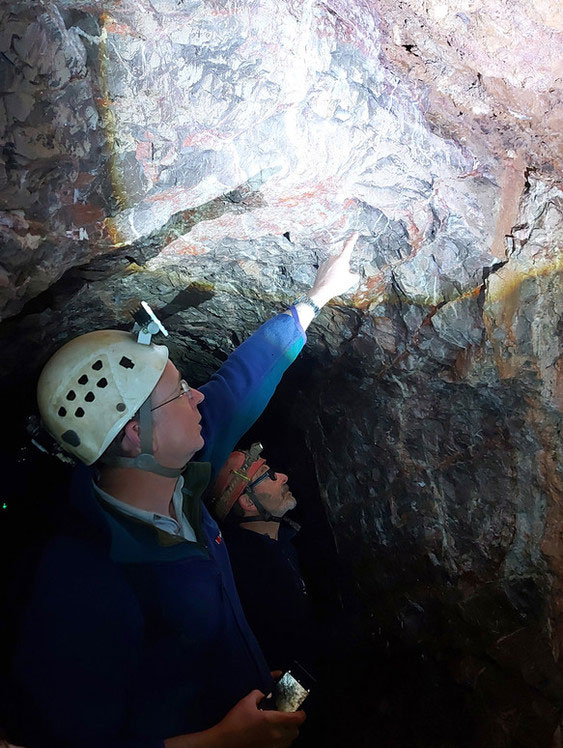The latest iteration of the European Space Agency’s above ground biomass dataset, which harnesses satellite observations, makes it possible for the first-time to robustly monitor fluctuations in the forest carbon stock.
Expanding and restoring forests presents an opportunity for countries to remove carbon from the atmosphere and contribute to national efforts towards achieving net-zero. Yet, reliable information that will enable policy-makers and scientists to track changes in forest cover and forest carbon stocks over time at both national and global scale has not been available until now.
The existing data has already been fully validated and uncertainty characterised using ground-based data from various sources including National Forest Inventory (NFI) samples and high quality (typically 100 x 100 m or 1 hectare) research plots from forests representing the world’s major biomes.
The European Space Agency’s UK built Earth Explorer Biomass satellite, part of ESA’s eight Earth Explorer satellites, is due to launch in 2024 and is expected to deliver completely new information on forests and the carbon they store. The satellite, with the appearance of a giant umbrella in space, can provide data that, with the dataset, will further enhance data can be reliably used by policy-makers and climate and carbon cycle scientists.
The above ground biomass dataset is produced as part of the ESA Climate Change Initiative, which harnesses Earth observation data from ESA and third-party missions to generate a suite of long-term and consistent records to address Essential Climate Variables that are needed to understand and address key aspects of the climate.
Latest News
-
Bingo firm raises £300,000 for the Stroke Association
-
Sainsbury’s links up with Comic Relief for festive recipe campaign
-
Shepherd Neame extends air ambulance charity partnership
-
Businesses help festive match funder raise a record £57.4m
-
Firms help fund regional mayors' initiatives to tackle childhood inequality
-
Retailer raises more than £16,000 for Down’s Syndrome group
© 2019 Perspective Publishing Privacy & Cookies







Recent Stories